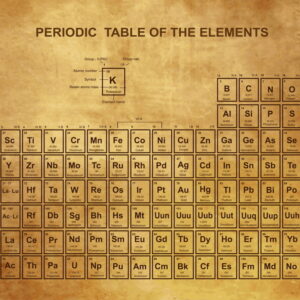Extract-
Introduction-
“Some two hundred years ago a great adventure began. A brilliant and creative physician whose motto was Be bold and be sensible dared to question the medical establishment. Faced with certain practices in medicine that did not make sense to him, Samuel Hahnemann started out to find the why behind the healing action of a single drug, and ended up taking a giant leap in uncovering the link between drugs and diseases.
In my mind Samuel Hahnemann was to medicine what Sir Isaac Newton was to physics. Both offered us a new way of thinking and new laws to match it. Both developed their views by incorporating old theories, observations, and experiential data, and both came up with universal concepts that explained aspects of nature. Newton’s models and rules enhanced our understanding of how things work—things that we observe every day, such as gravity and the movement of the planets. Similarly, Hahnemann’s ideas explained the why of ordinary things—why people become sick and why certain symptoms manifest.
Using Newton’s theories, it was possible to accurately predict phenomena that would not be discovered or understood for two hundred years. Similarly, Hahnemann’s theory of miasms and disease foreshadowed the discovery of germs, bacteria, and viruses.
Both men’s theories contain certain assumptions, assumptions that hold those theories together and allow for them to exist in the first place. Newton proposed that space and time were continuous and constant and that we move through a thing called aether. Hahnemann proposed that the ‘symptom’ was, is, always will be, and in fact, must be the tool to match the patient to the remedy.
These great men’s universal concepts helped us to better understand things we observe in our daily life. However, both theories failed to answer certain nagging questions. Newton’s theory regarding constants was challenged by the electromagnetic experiments of the late nineteenth century and the observations regarding the speed of light. Hahnemann’s theory of basing our prescription on the symptom has served us well, but it has also generated some problems and controversy. The problem that concerns me most is the somewhat haphazard manner of deciding which symptoms to base a prescription on and the confusion that this generates…”





